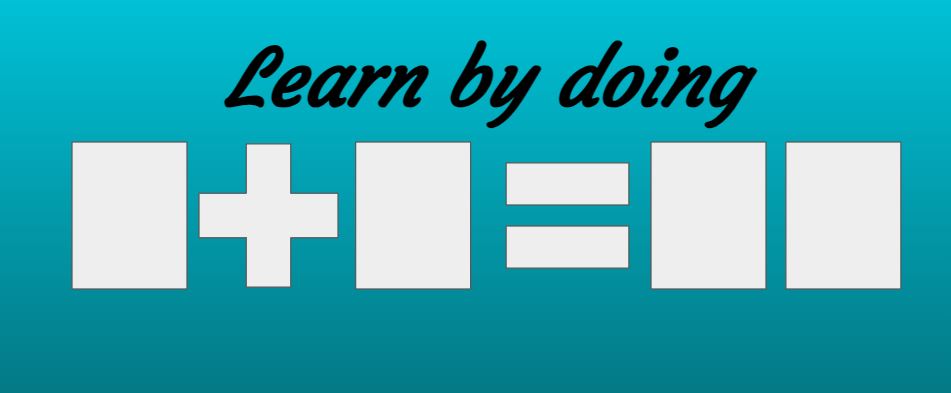With the exception of psychology students, most are probably unfamiliar with the definition of kinesthetic learning. However, most everyone has plenty of experience with kinesthetic learning, even if you don’t know what it means by definition. For example, if you’ve used flashcards before, you’ve utilized kinesthetic learning.
Kinesthetic learning means utilizing physical activity to learn, and it is a very broad term that includes lots of tools your teachers have most likely utilized to support your learning. Role playing, charades, and hand gestures are all learning techniques that kinesthetic learners benefit from.
Blake Holder, upon being interviewed, instantly had an example to share. He shared a story about his French class: “We went outside and kept writing out words in French with chalk,” stated Holder.
Another anecdote told today was freshman Brayden Wassom’s scavenger hunt from his World History class: “We did a game where, spread around the classroom, we’re these territories that we had to conquer, everybody was rushing around the class to get them,” Wassom detailed.
There are also several more examples of how kinesthetic learning can be useful in all class subjects and ages in the classroom as well. Math can be made simpler for students of younger ages by using blocks or coins. An elementary school student could more easily wrap their heads around multiplication by creating groups of coins.
Additionally, kinesthetic learning happens on the job as well. Getting walked through the training process most likely consists of demonstrations in addition to verbal instruction. It’s a lot easier to find that important button if you give it a press rather than being told what it looks like.
The lesson to be drawn from this article is to make sure that you do what is best for you to support your learning process. Discover your needs and come up with the strategies that will support you in your learning both inside and outside the classroom.











